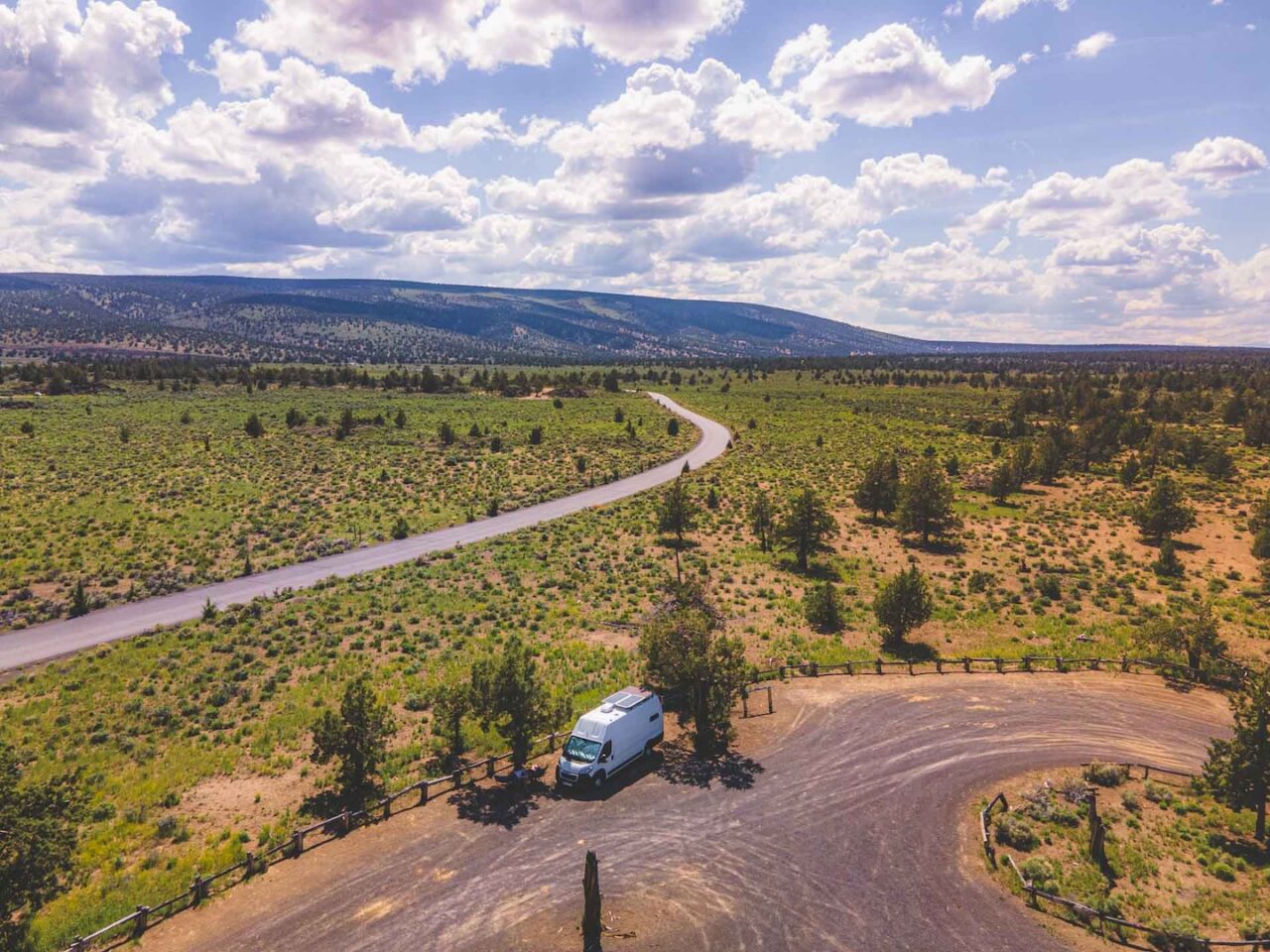I’ve always wanted to travel America in a van. Two years ago, I finally did it! I shipped my camper van from Europe and started my van life in the USA journey across the country.
I quickly found out that van life in America wasn’t exactly what I expected. Finding places to park overnight was harder than I thought.
Many areas don’t allow free camping, and campgrounds fill up fast. I also ran into some issues with getting water and finding places to dump waste.
I’m sharing what I learned the hard way to help you have a better van life experience. With some planning, you can avoid my mistakes and enjoy everything this amazing country has to offer.
Let’s look at what you need to know before starting your van life adventure!

1. Book Campsites Early When Doing Van Life in the USA
One big surprise during my van life in the USA was how hard it is to find camping spots. More people are living in vans now, so good spots go quickly, especially on weekends and holidays.
I’ll never forget driving to Yosemite one evening only to find every spot taken. I ended up sleeping in a store parking lot that night!
For popular national parks like Yellowstone or Grand Canyon, you sometimes need to book six months ahead. After my first bad experience, I started planning much better.
Most campgrounds let you book online months before your trip. Taking a few minutes to reserve spots will save you the stress of searching for parking when you’re tired after driving all day.
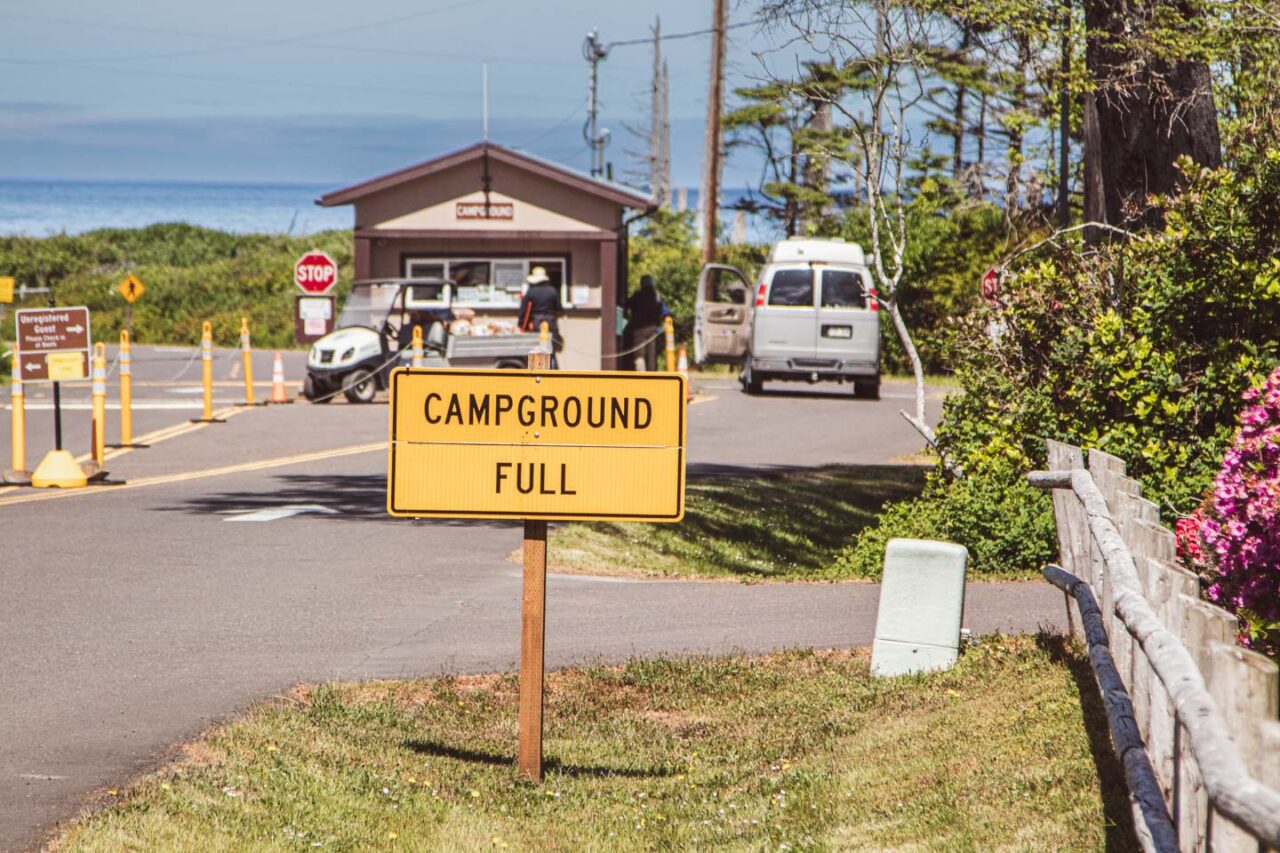
2. Free Camping Has Limits
In America, you can’t just park your van and sleep anywhere you want. Many places have rules against overnight parking or camping.
You’ll see signs saying “No overnight parking” or “No overnight camping” in many good spots. It can be confusing to know what’s allowed.
After getting a knock on my window from police at 2 AM near Santa Barbara, I started using apps like The Dyrt and iOverlander to find legal free camping spots. Just remember that rules change, so double–check before parking.
State forests usually allow free camping, but not always. Highway rest areas can work in some states, but each state has different rules about how long you can stay.
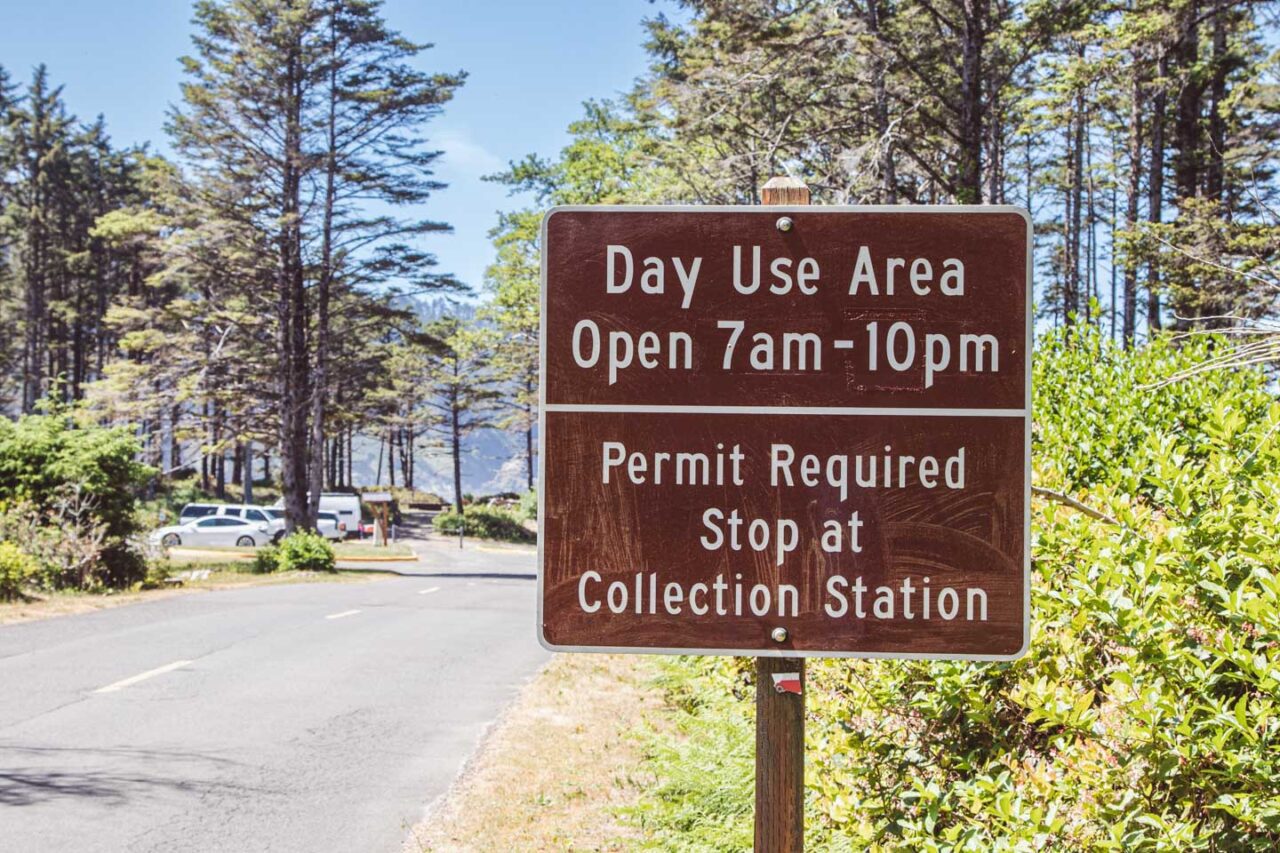
3. You Need Passes for Most Parks
Most parks in America require entrance passes. This was confusing at first because each park system works differently.
The America the Beautiful pass – $80 for US residents or $250 for non-residents (starting January 2026) – is great if you’re visiting many national parks. It covers all federal recreation sites for a year.
But this pass doesn’t cover state parks. Each state has its own passes that you might need to buy separately.
Remember, these are just entrance passes. You still need to pay for camping, and those fees can range from free to $50 a night depending on the location and what’s included.
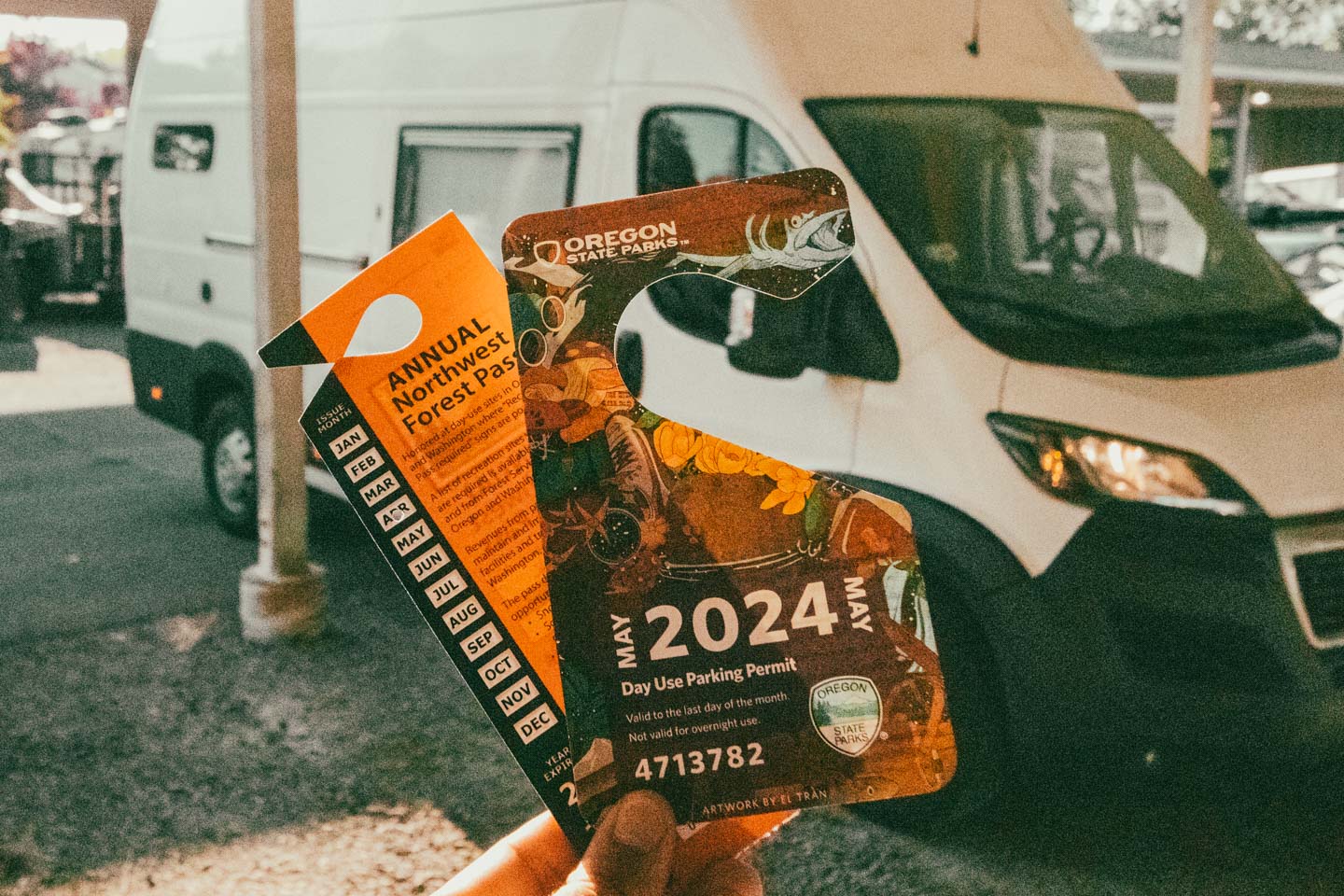
4. Some Parks Limit Van Size
My European van is smaller than most American RVs, which was actually helpful. Some parks have rules about how big your vehicle can be.
I met a couple at Bryce Canyon who couldn’t drive their 35-foot RV on many of the park roads because of size limits. They had to park far away and use their car instead.
Yosemite has strict rules about vehicle length on certain roads like Mariposa Grove and Glacier Point. After seeing the tight turns on these roads, I understood why!
If you’re getting a van for your trip, think about whether you really need a huge one. Smaller vans can go more places.
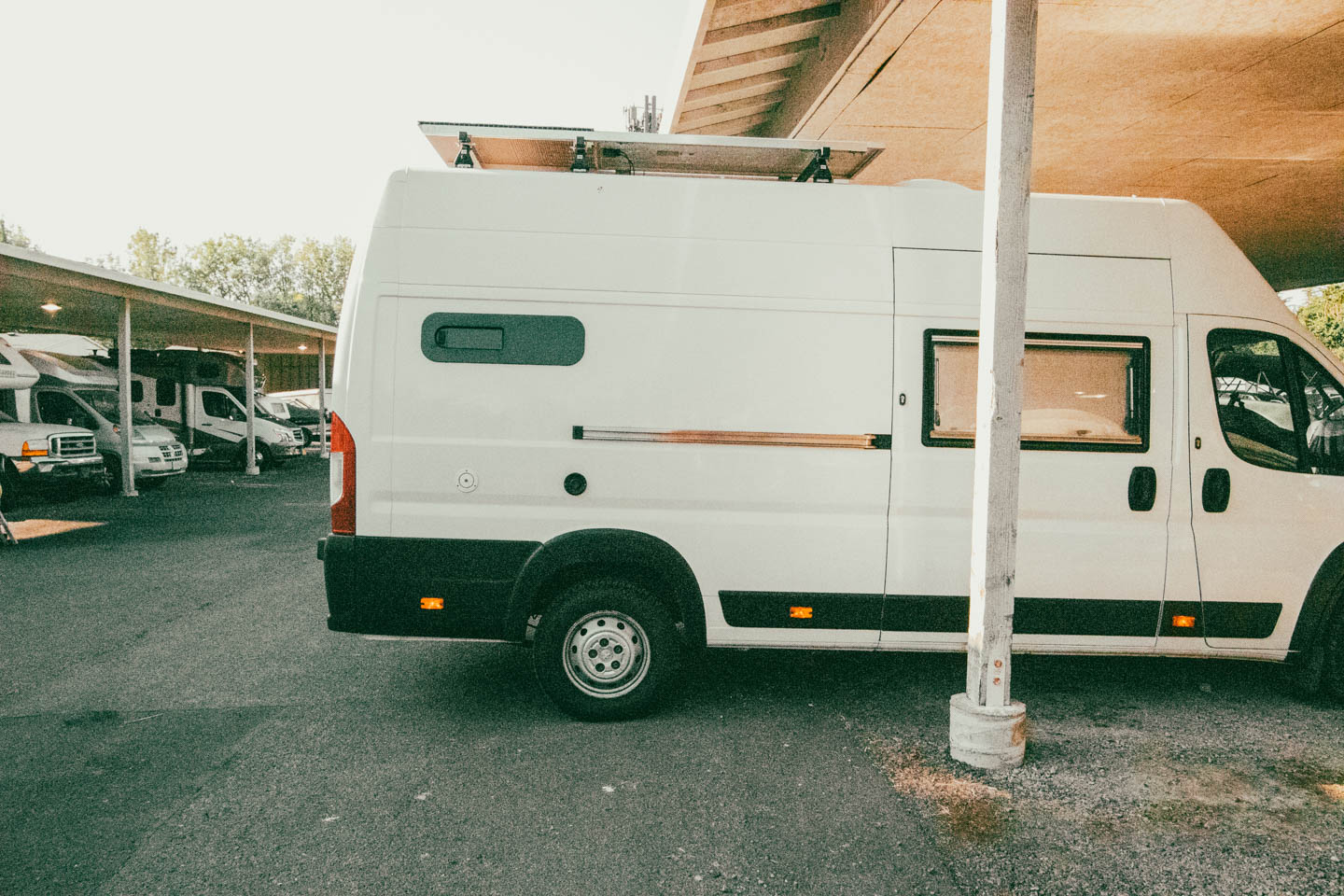
5. Dumping Waste and Getting Water Costs Money
In Europe, RV service stations are often free. Not in America! I was surprised when a campground charged me $15 just to empty my tanks and get fresh water – and I wasn’t even staying there.
Most places charge about $10 to use these services. If you’re staying at a campground, these services are usually included in your fee.
Once in Nevada, I needed to empty my toilet tank and found the nearest dump station was 70 miles away. After that, I started planning my route around service stations and carried extra water containers.
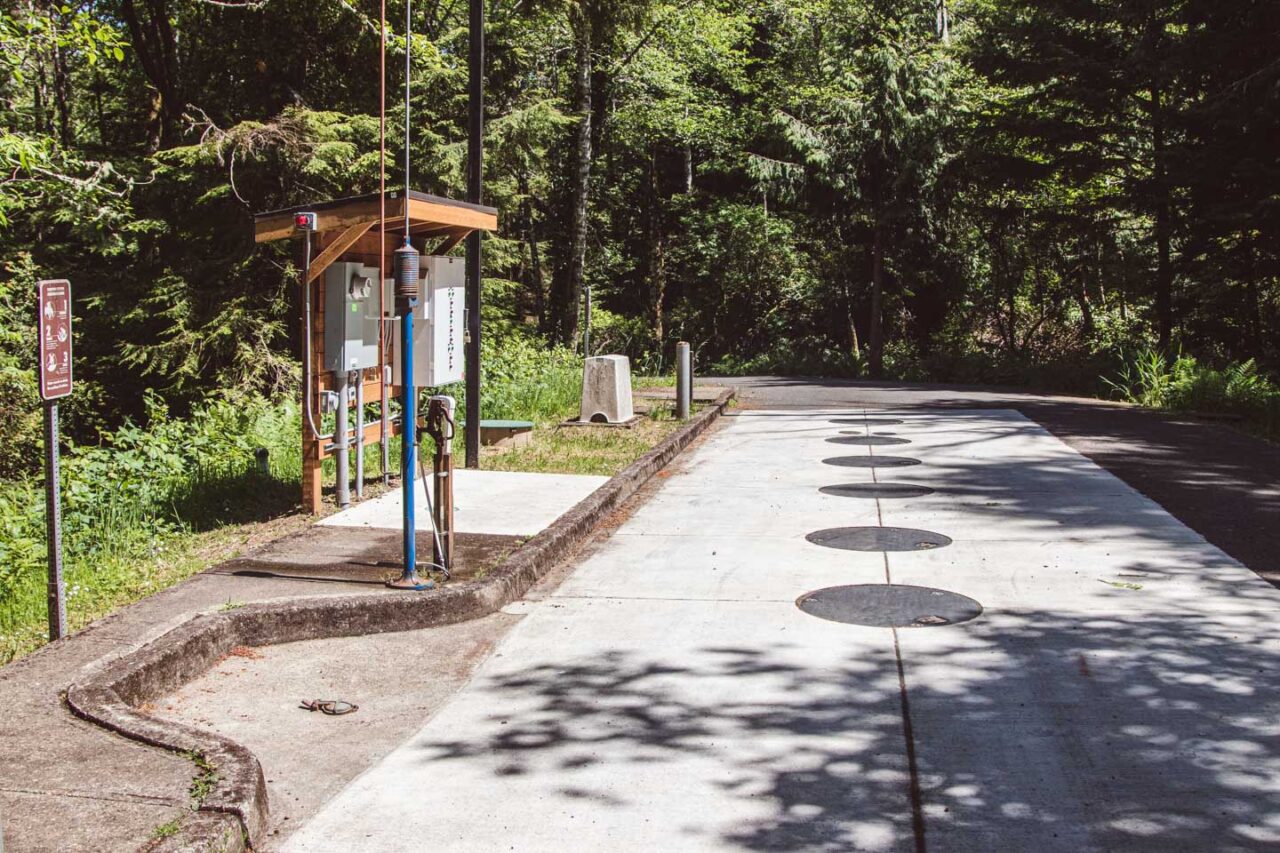
6. Internet for Working from Your Van
“I’ll work from my van!” I told myself before hitting the road. I didn’t realize how bad internet would be in many places.
For my first important video call, I had to drive 30 miles to find decent WiFi. Even though my campsite advertised internet, it barely worked.
I eventually bought a cell signal booster and SIM cards from different cell companies. Even then, many areas in Montana and Utah had no signal at all.
I learned to download everything I needed in advance – maps, campground information, hiking guides, and shows to watch. If you need to work online, plan to be near cities when you have important calls or deadlines.
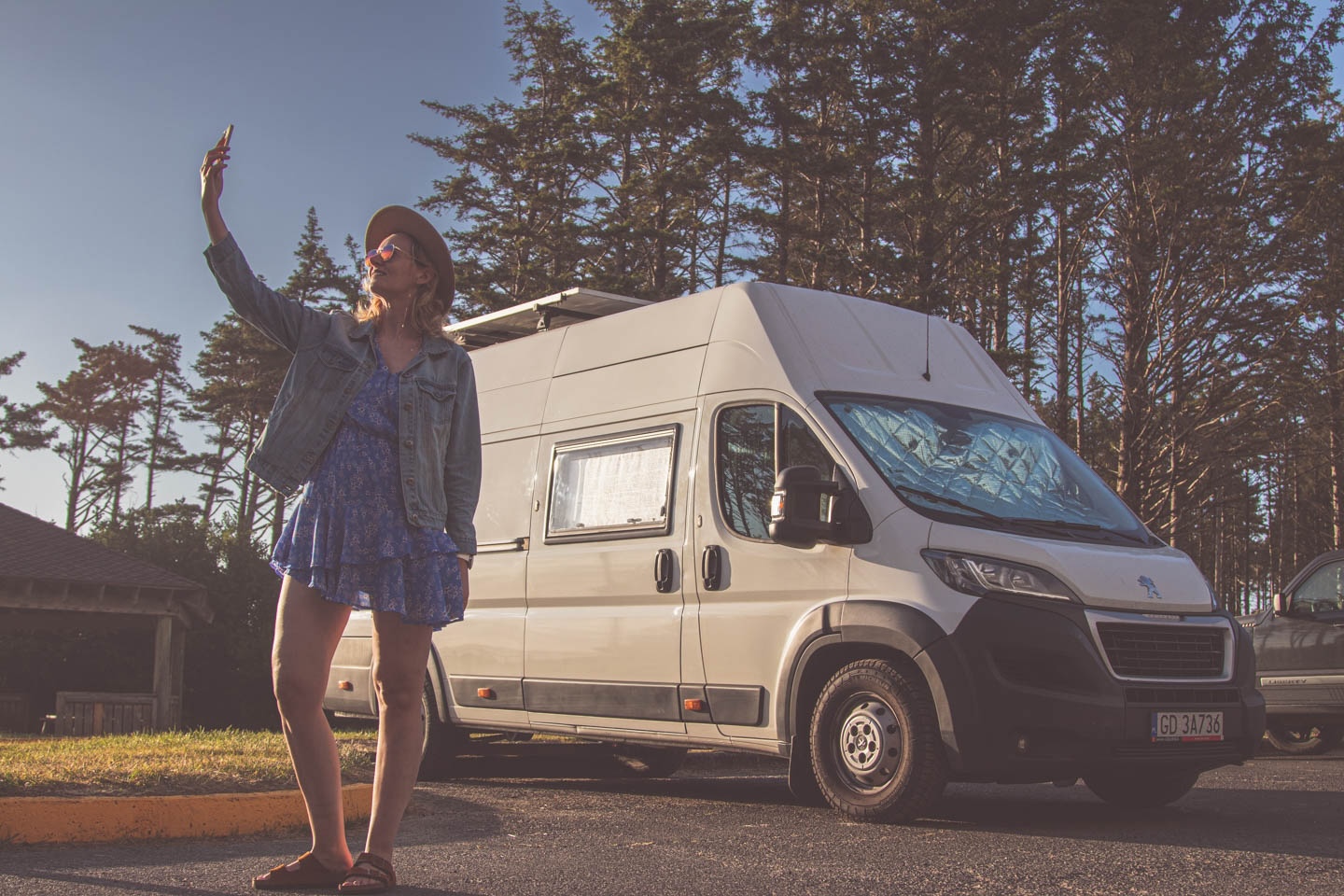
7. Distances Are Huge
Coming from Europe, I wasn’t prepared for how big America is. What looked like a short drive on the map often took all day.
I once planned to see Arches National Park and Zion in the same day. A local laughed when I mentioned this – it’s actually a 5-hour drive between them!
Some states like Texas or California are bigger than many European countries. I had to slow down my plans and enjoy each place more instead of rushing.

8. Campgrounds Can Be Expensive
I was shocked when I paid $175 for one night at a beach campground in California. For that price, I could have stayed in a nice hotel!
Most decent campgrounds cost between $60-150 per night. Fancy ones with pools and other extras can cost $200+ in popular areas.
To save money, I mixed expensive stays with cheaper options. National and state parks usually cost less ($30-100 per night) but are harder to book. I also found some free camping on public lands, especially in western states.

9. Roads Aren’t Always Smooth
I expected perfect highways in America. Instead, I found many roads with potholes and rough patches that shook my van.
After a few bumpy drives (and hearing new rattles in my van), I bought a good emergency kit with tools and spare parts. Knowing I could fix a flat tire in the middle of nowhere gave me peace of mind.
I learned to stick to main roads when possible. Those small country roads looked nice on the map, but after getting a flat tire on a dirt road in Idaho, I became more careful about where I drove my home-on-wheels.
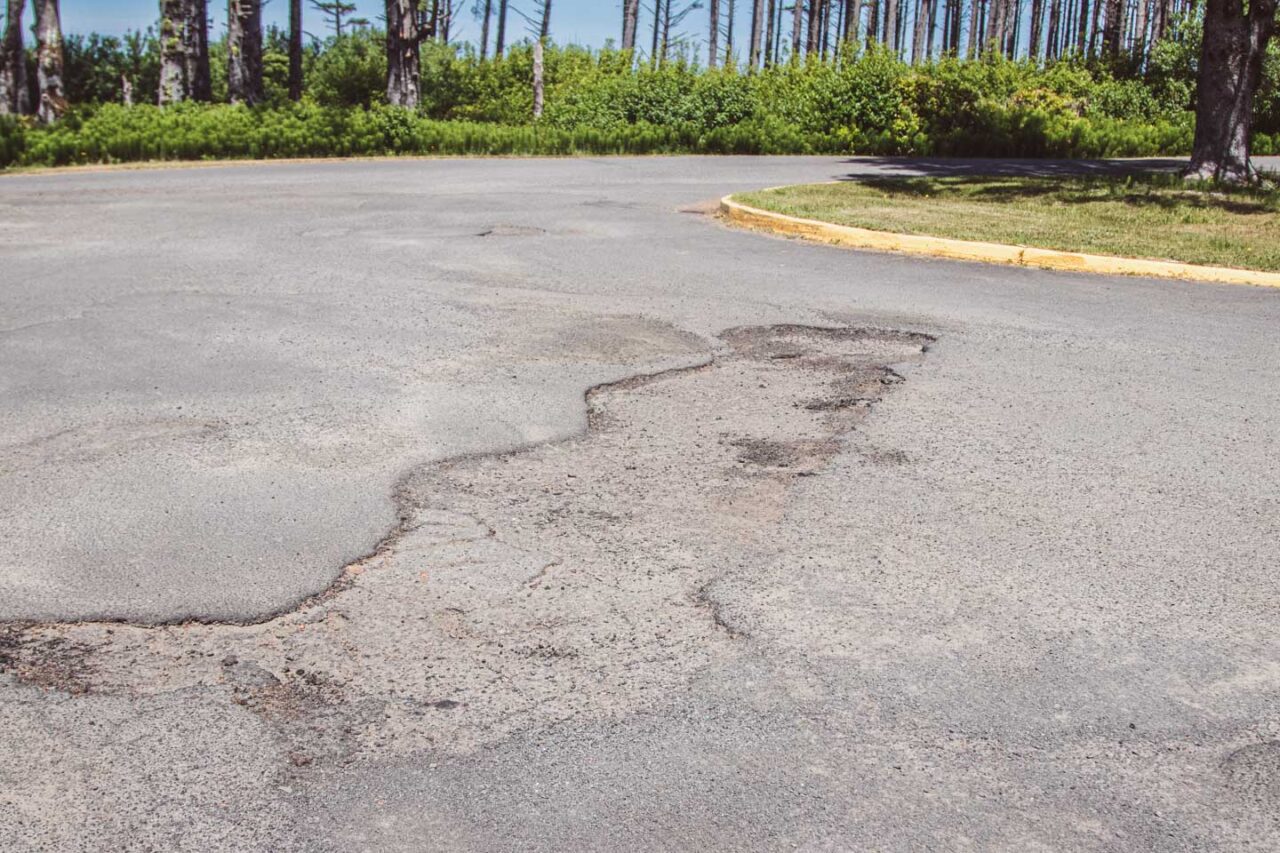
10. Unusual Gas Station Rules
Here’s something I didn’t expect: in New Jersey, you’re not allowed to pump your own gas! I got yelled at when I tried to do it myself.
This state law exists for safety reasons. The fines are $50 to $250 if you pump your own gas there.
A similar rule used to apply in Oregon too - and that’s actually where I got scolded the most! But recently, the law changed and now you’re allowed to pump your own gas in most parts of the state.
After these experiences, I started checking for unusual local rules in each state I visited.
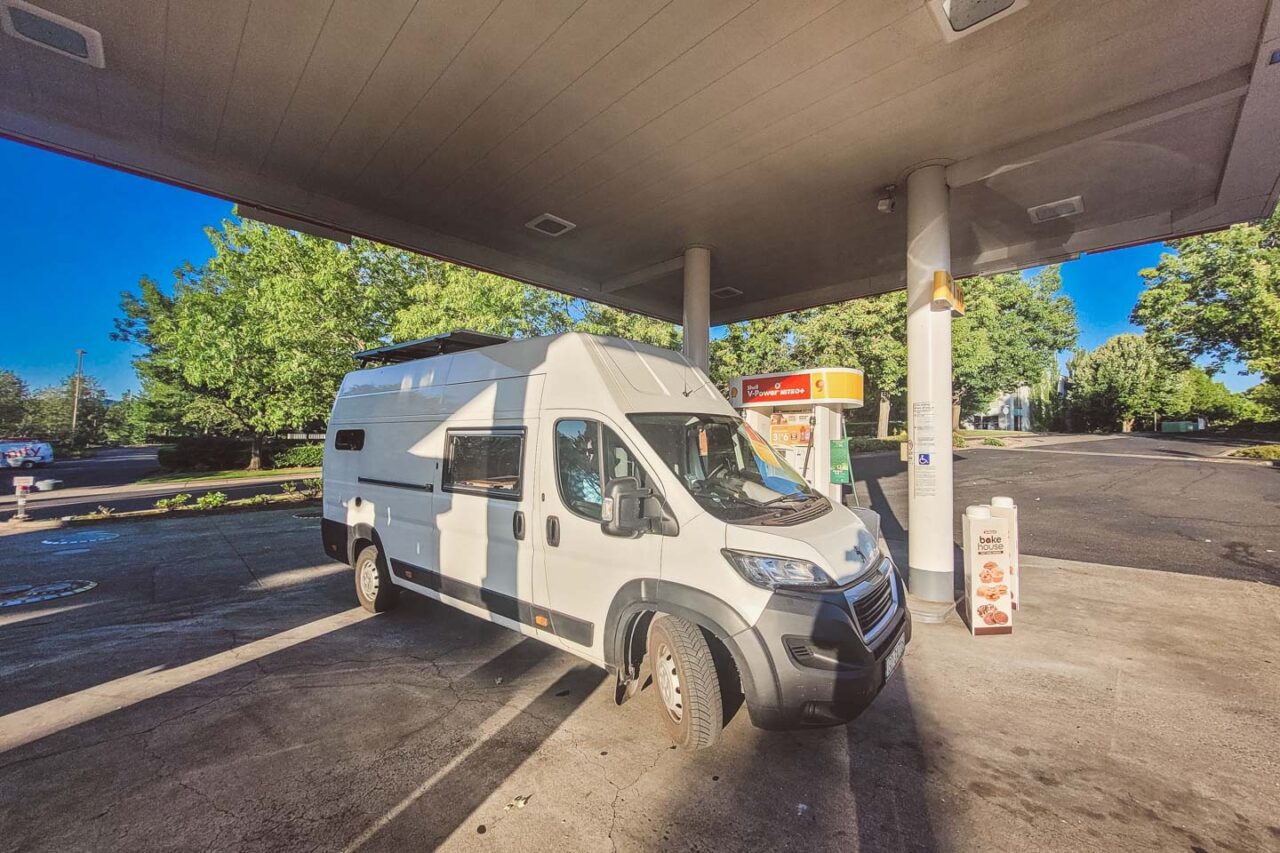
Travel Budget Calculator
Get your free Travel Budget Calculator now and plan your trip without the stress of overspending!
Final Thoughts on Van Life in the USA
Looking back from my cozy van conversion, these challenges were all part of the adventure. Every problem with finding camping spots or fixing my composting toilet has become a story I love to tell other van lifers.
America looks amazing from a van window. The landscapes, free camping spots, and off-grid living experiences changed how I see the world. Despite some frustrations, I wouldn’t trade this nomadic journey for any luxury hotel.
If you’re planning to build a van and live the van life in America, I hope my tips help you. Plan your solar power system well, but be ready for unexpected adventures.
Budget carefully, but spend money on good van gear when needed. Most importantly, enjoy the journey – sometimes the unexpected detours lead to the best memories.
What van life challenges have you faced? Are you a weekend camper or full-time nomad? I’d love to hear your stories-send me an email!
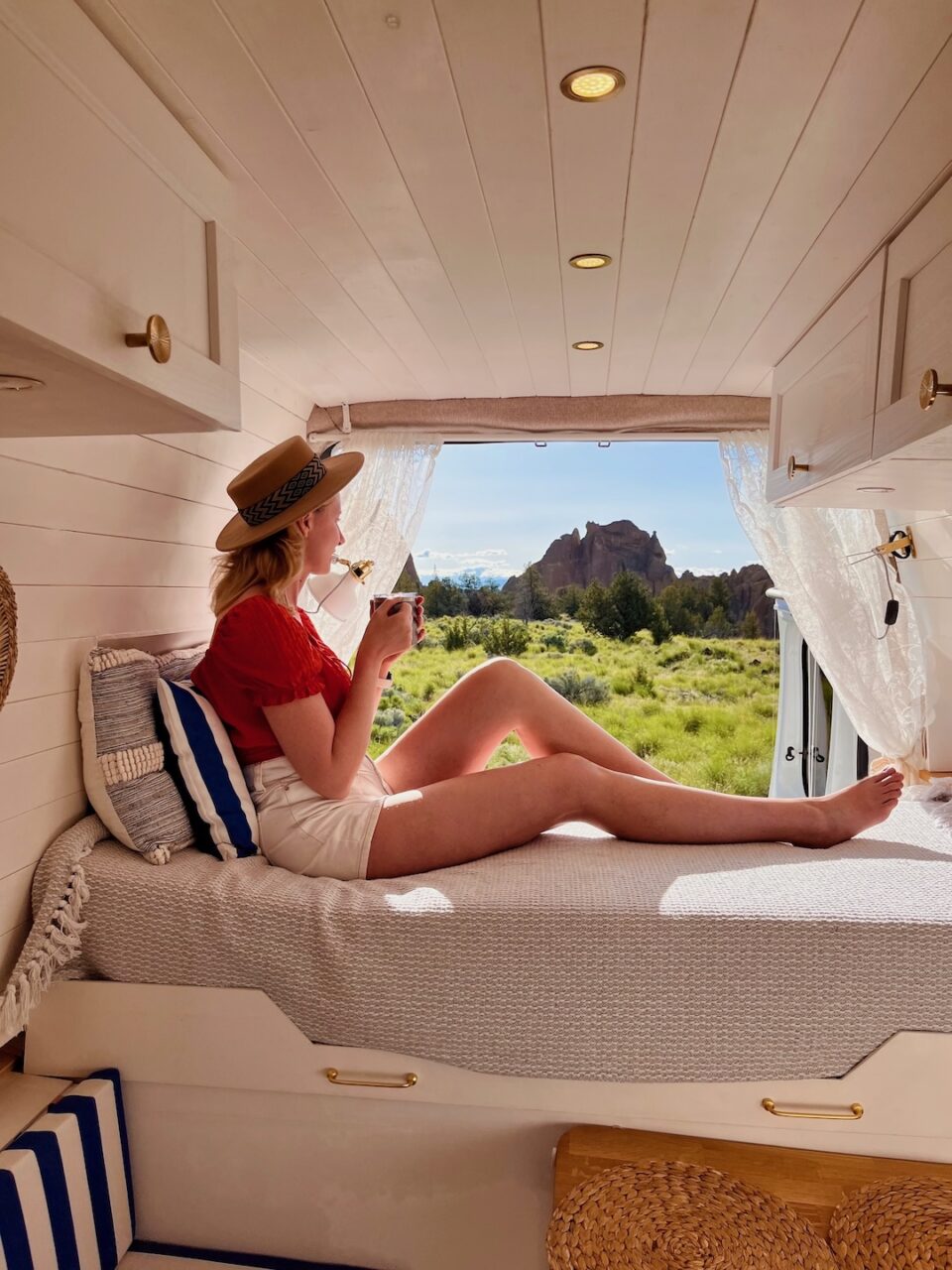
Save pin for later!
More articles you might be interested in:
- A 7-Day Arizona Road Trip Itinerary You’ll Want to Steal
- A Perfect 7-Day California Coast Road Trip Itinerary You’ll Love
- The 10-Day Pacific Northwest Travel Itinerary You’ll Want to Steal
- The Ultimate 7-Day Utah Road Trip Itinerary for First-Timers
- USA Trip Planning 101: A Comprehensive Guide (2025)
